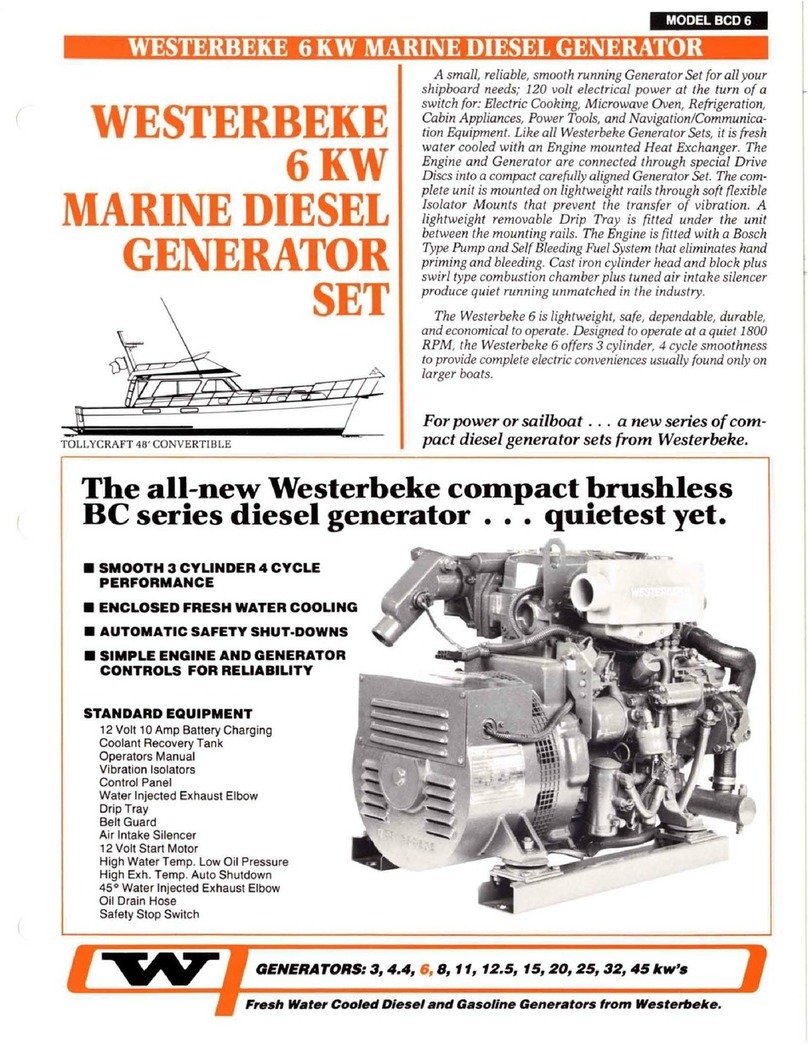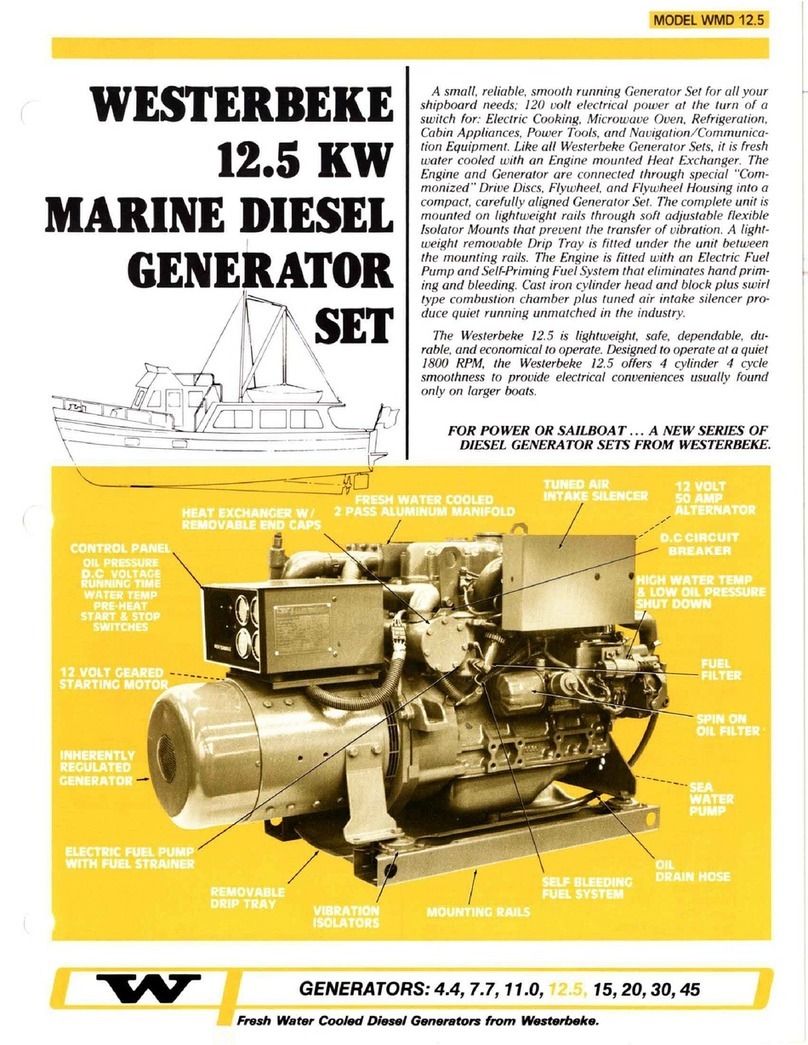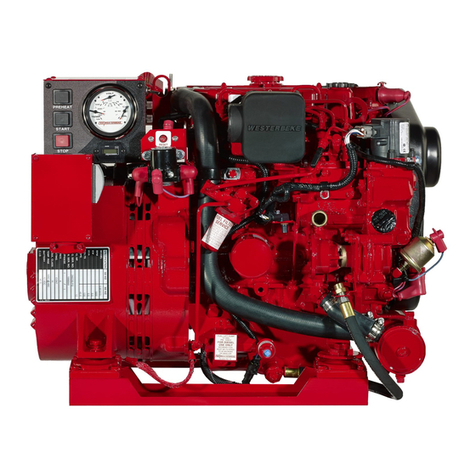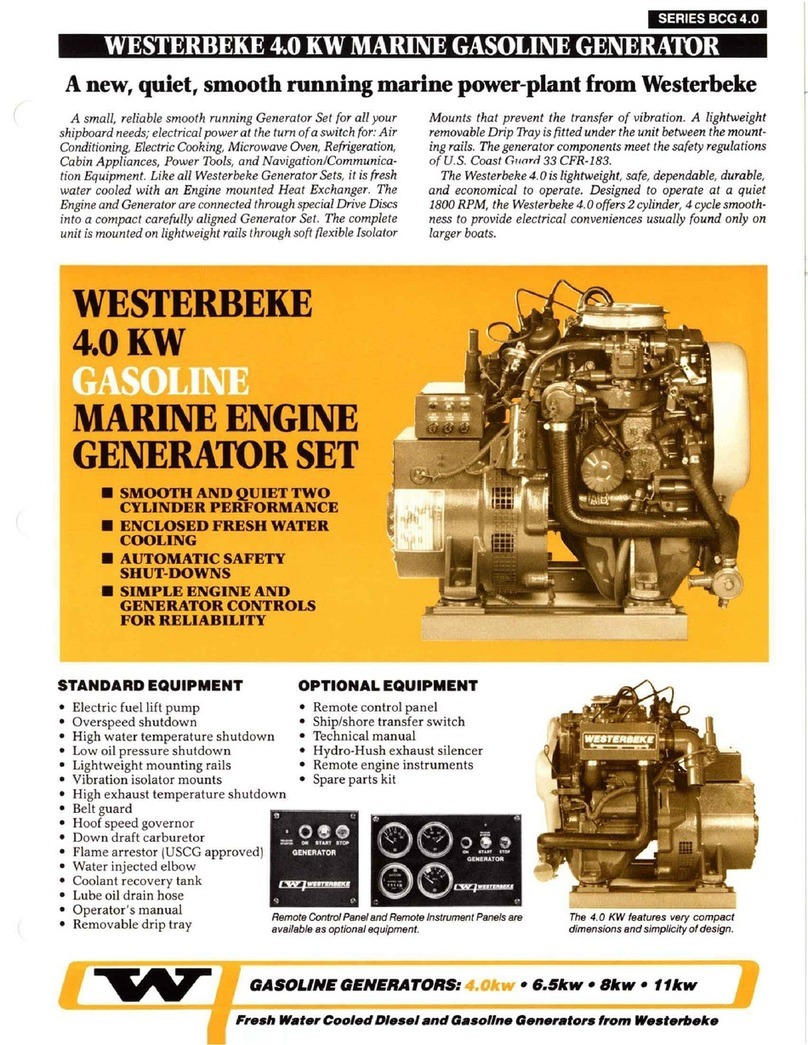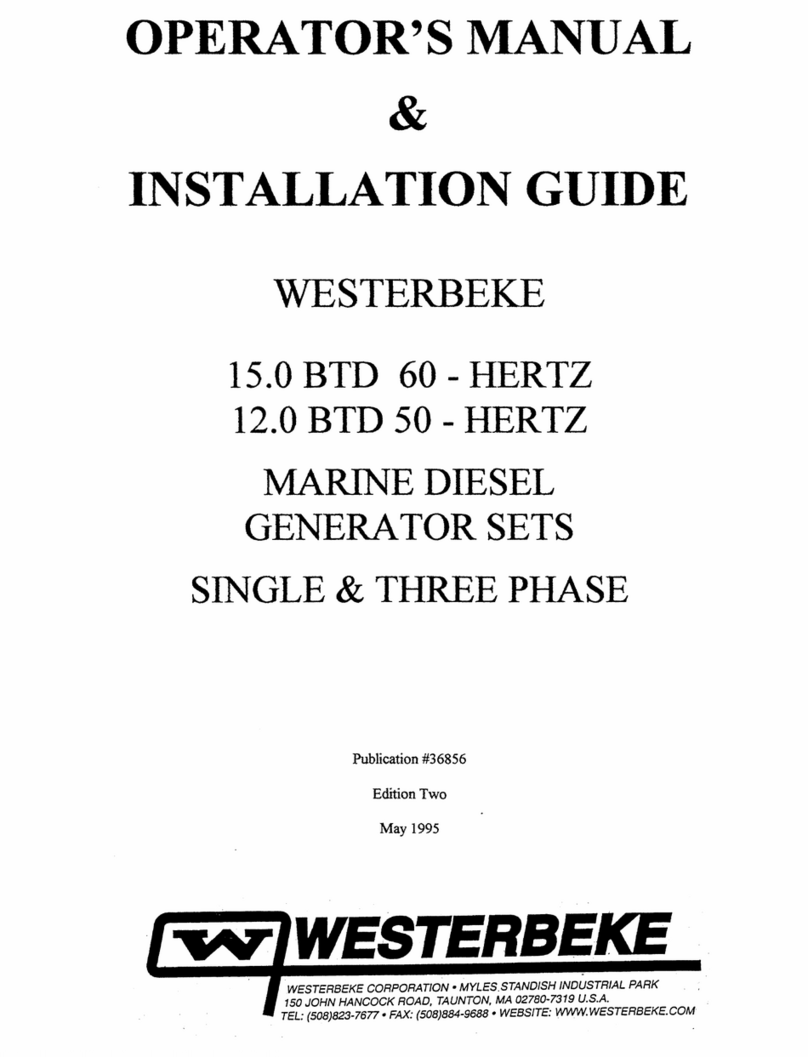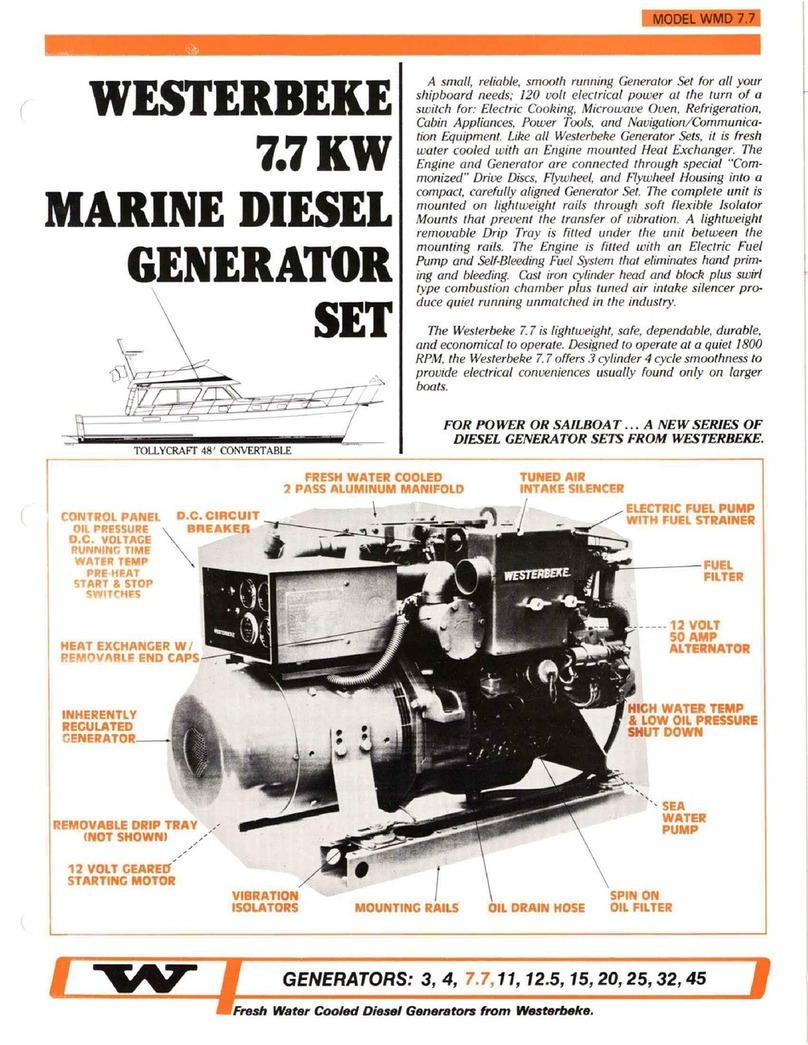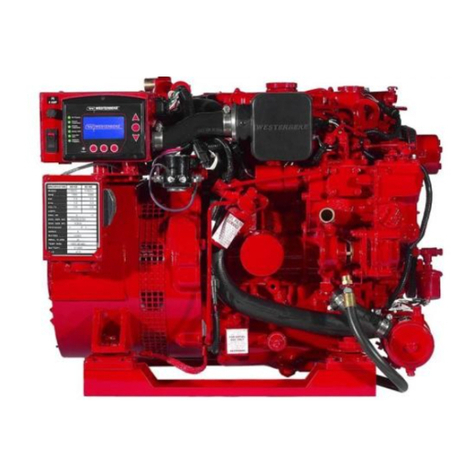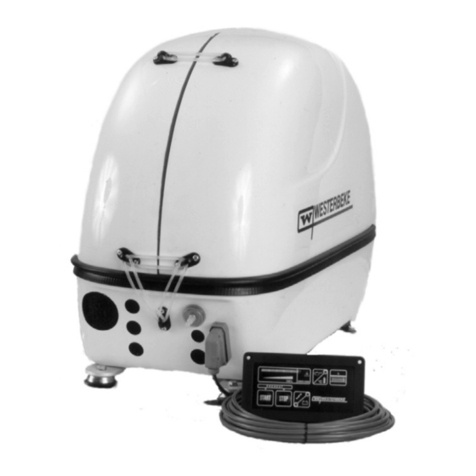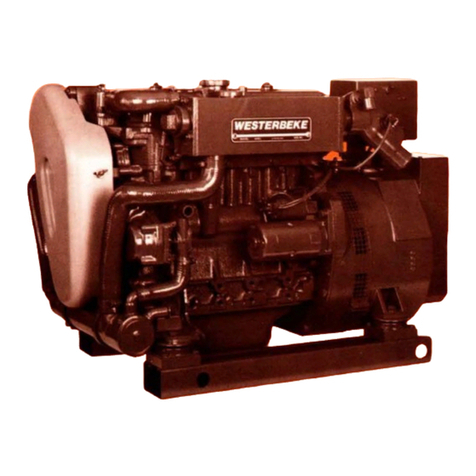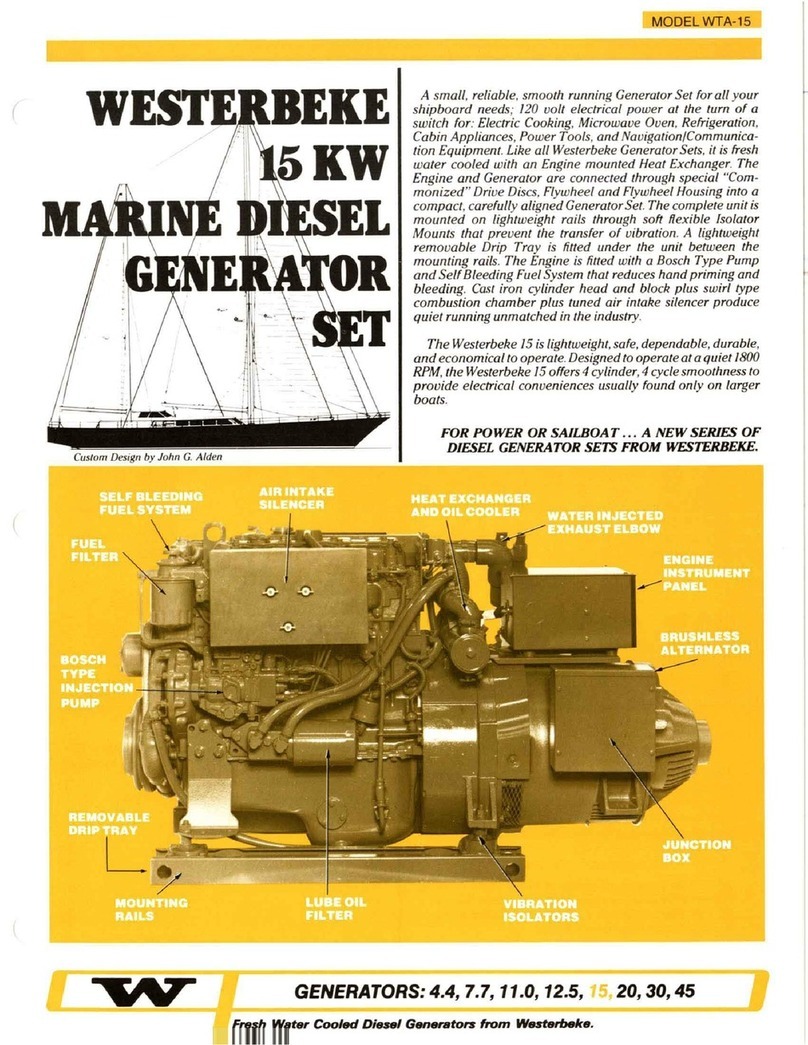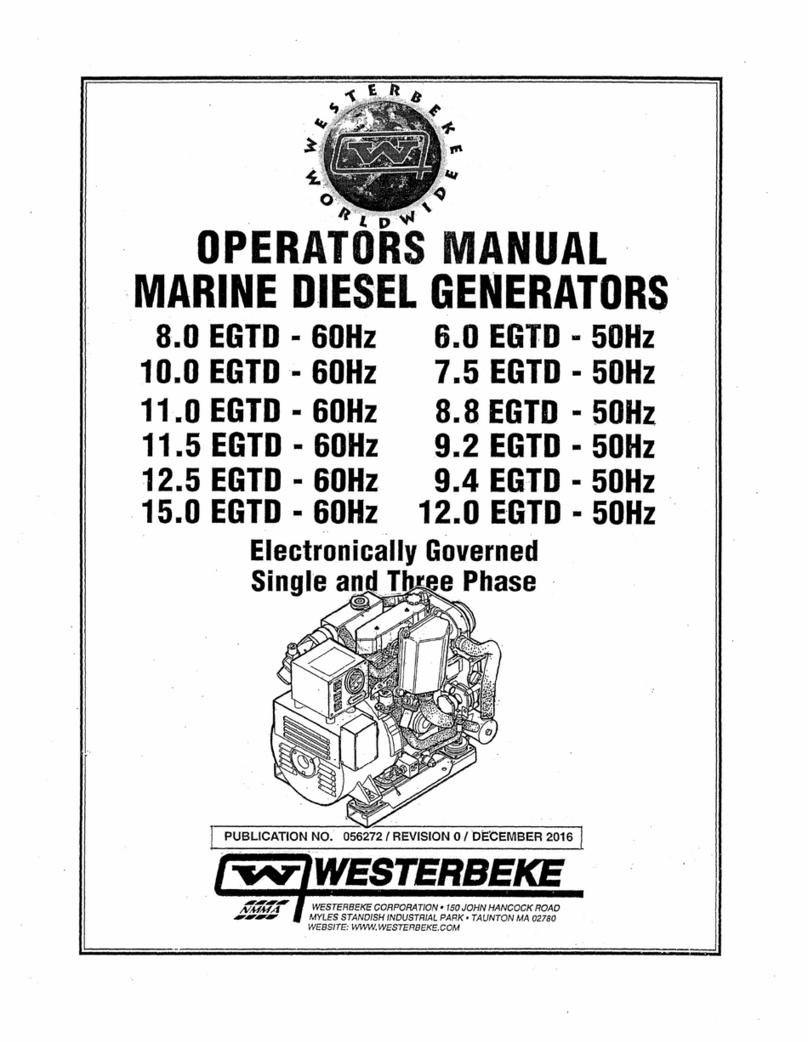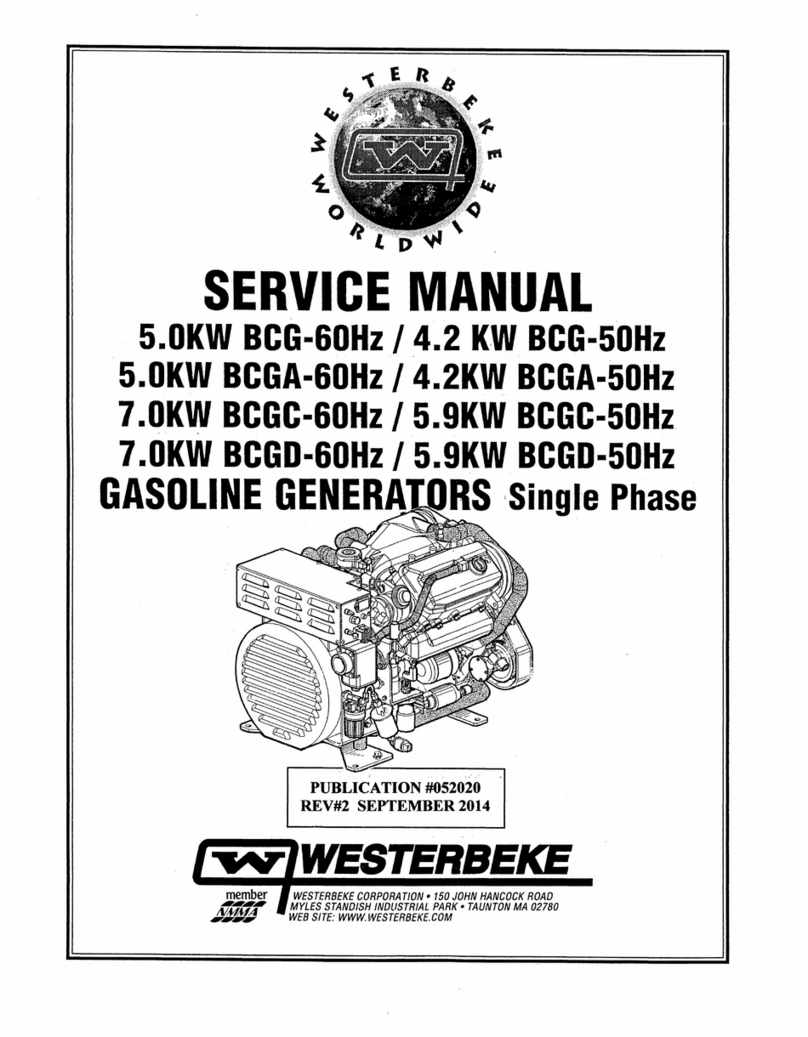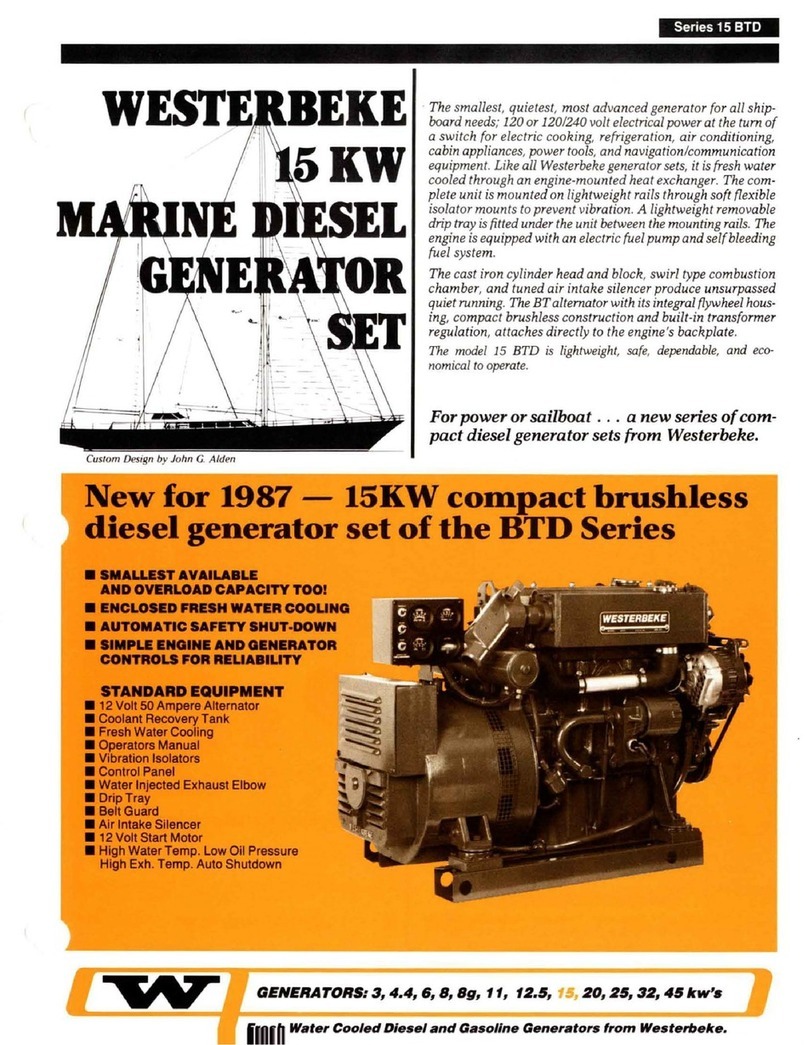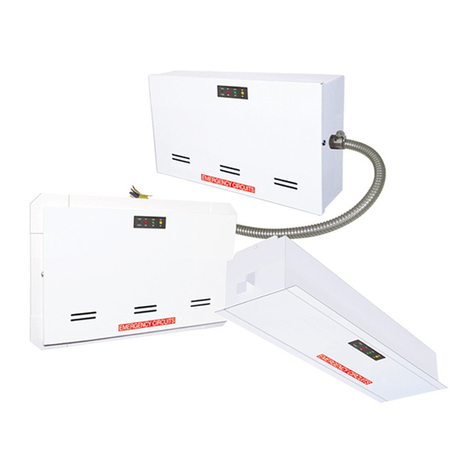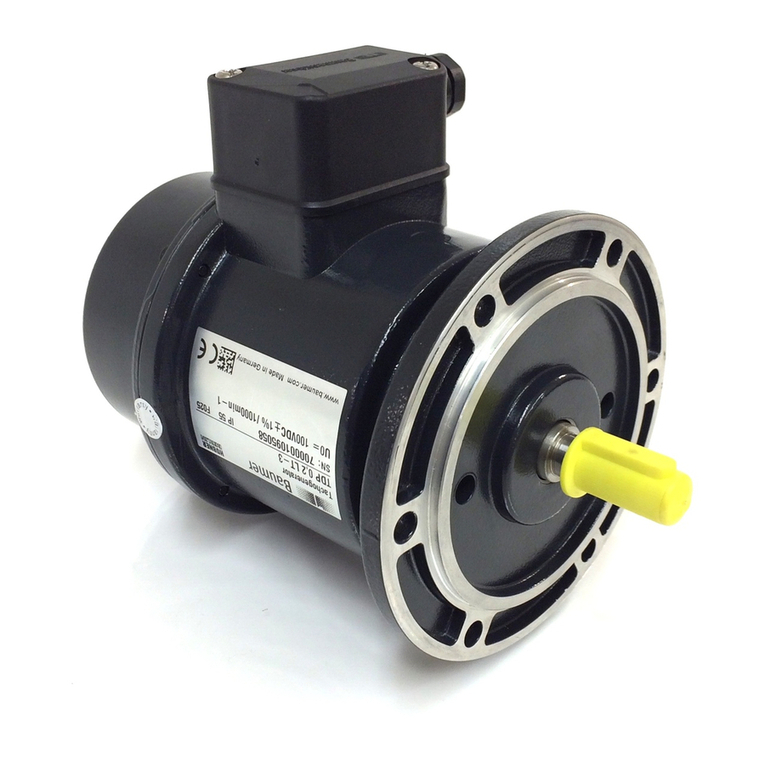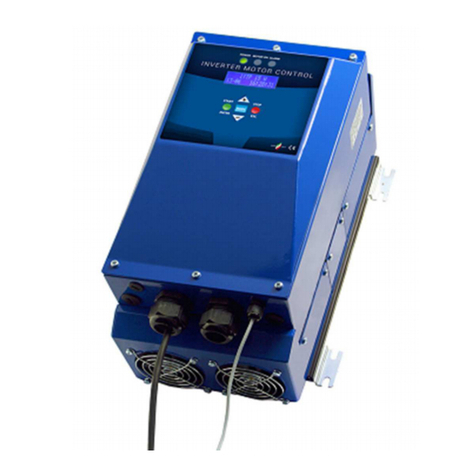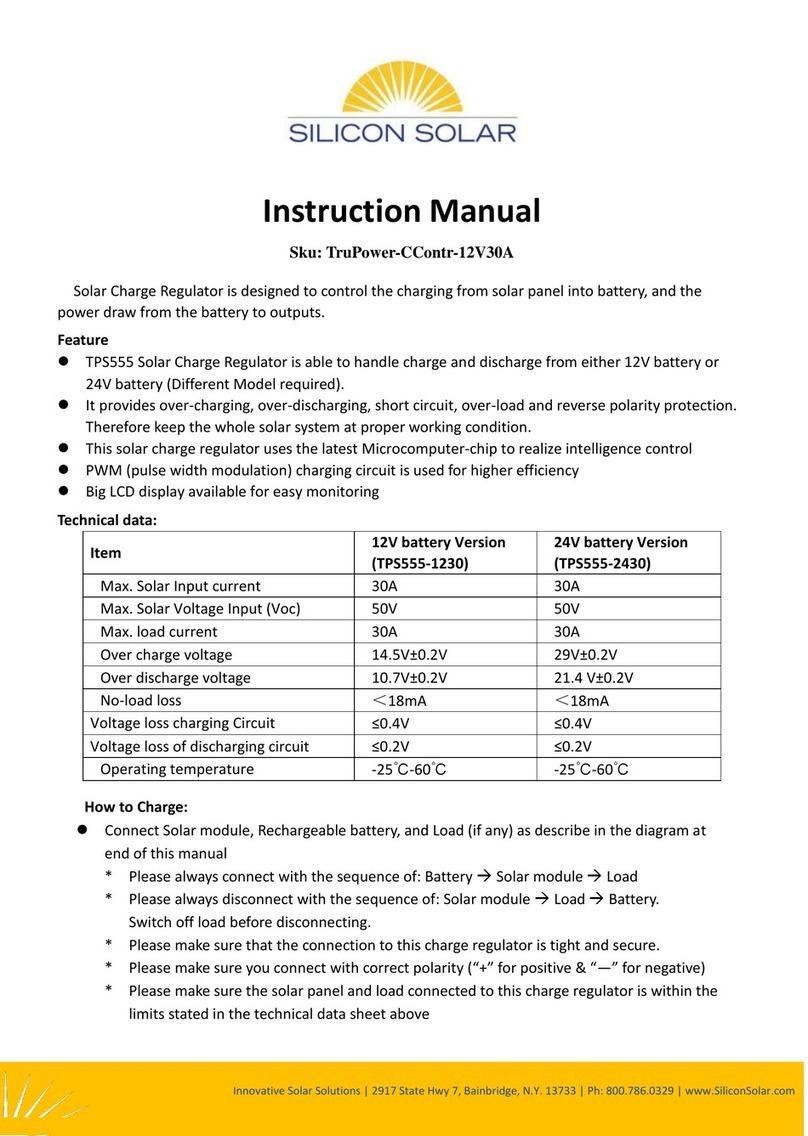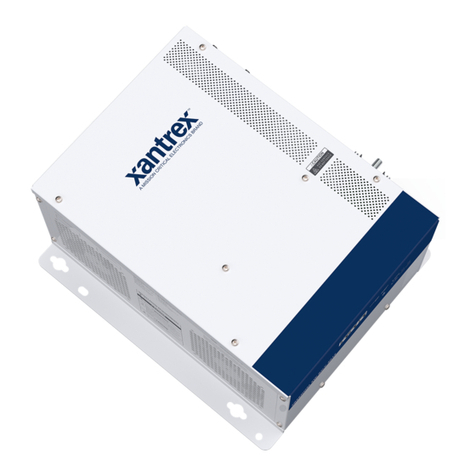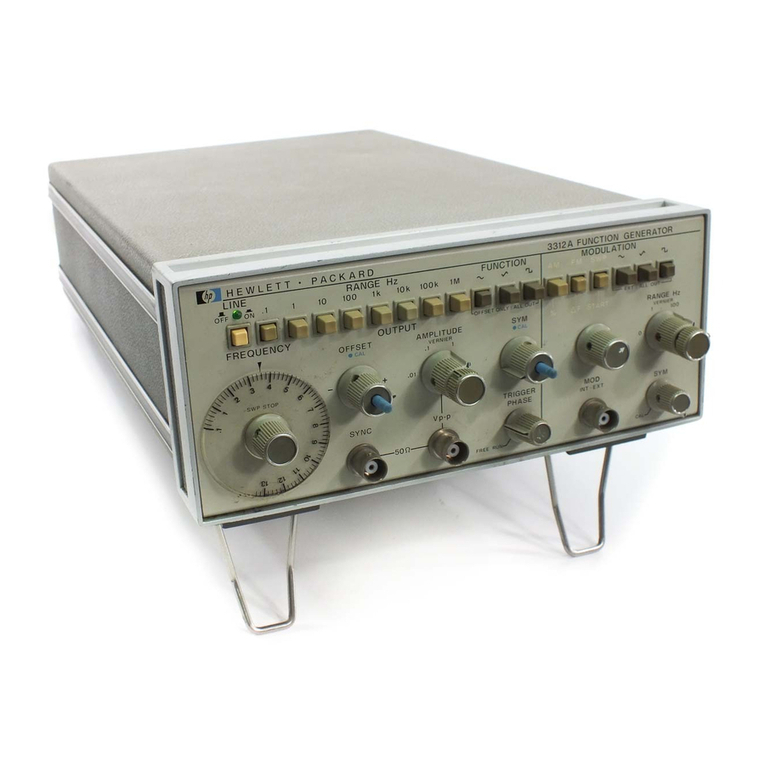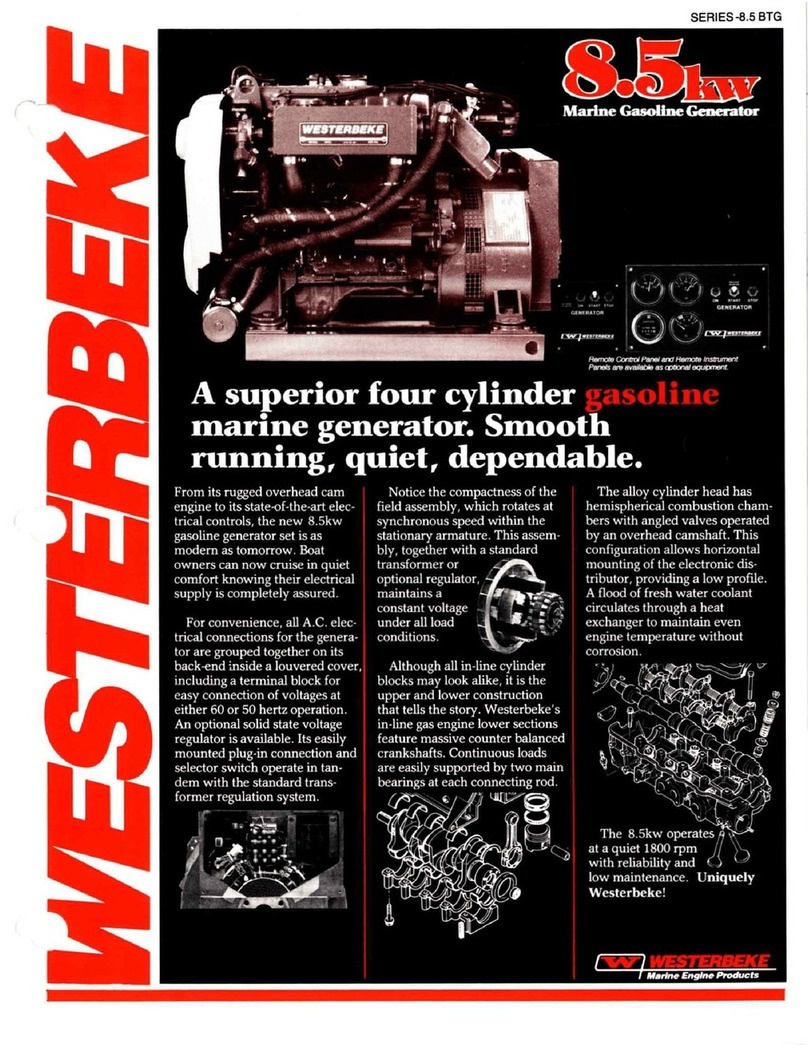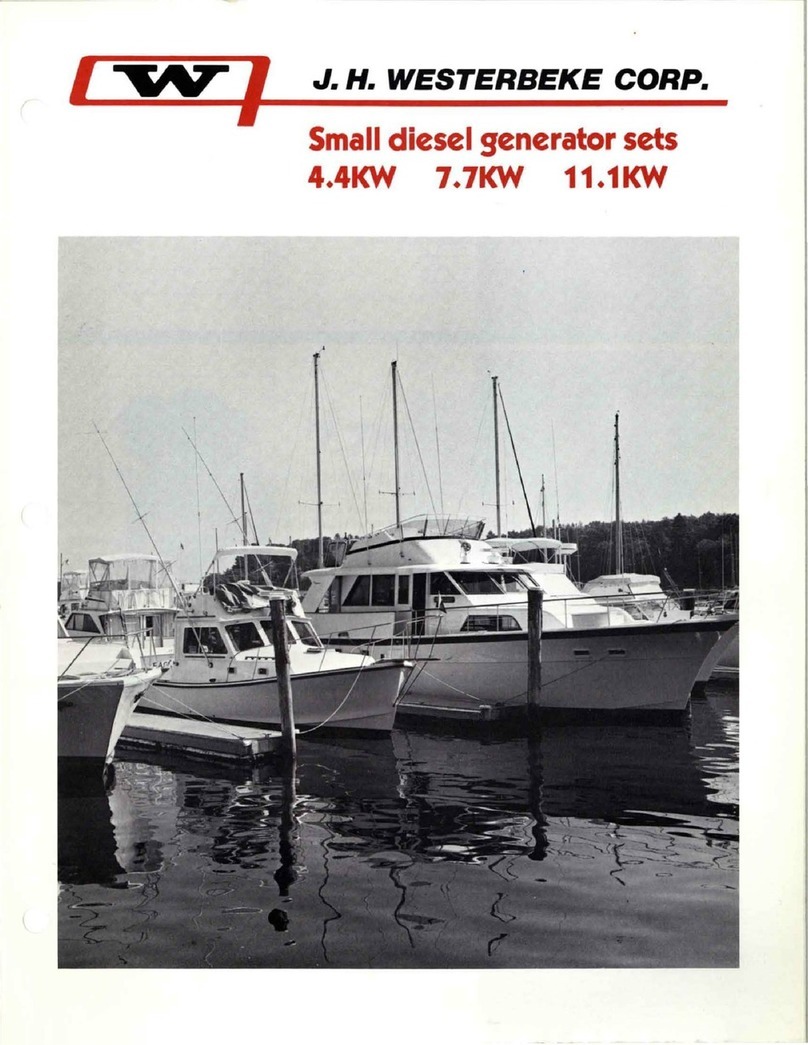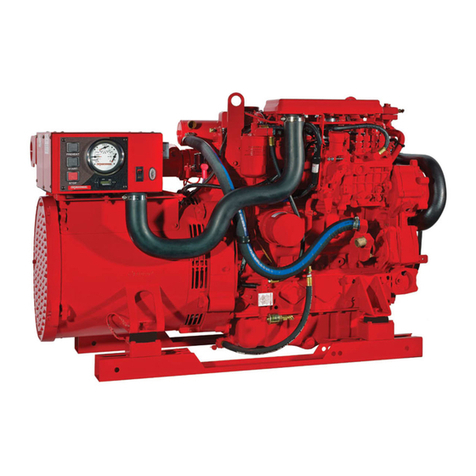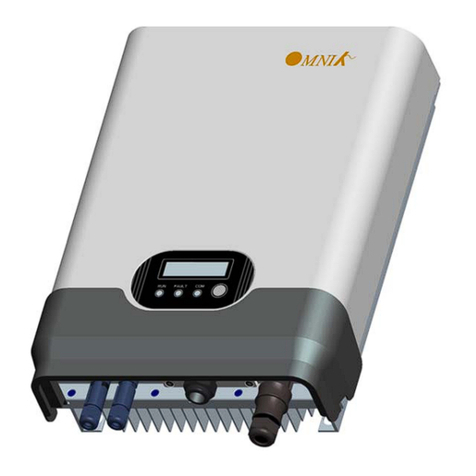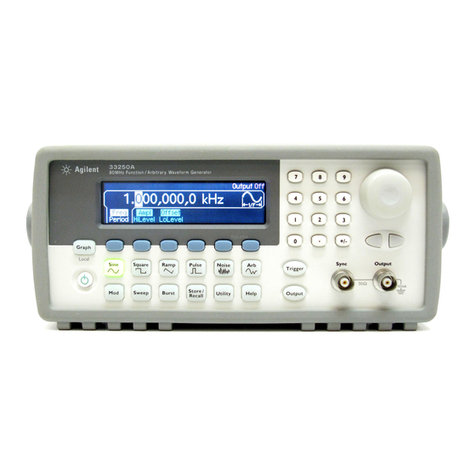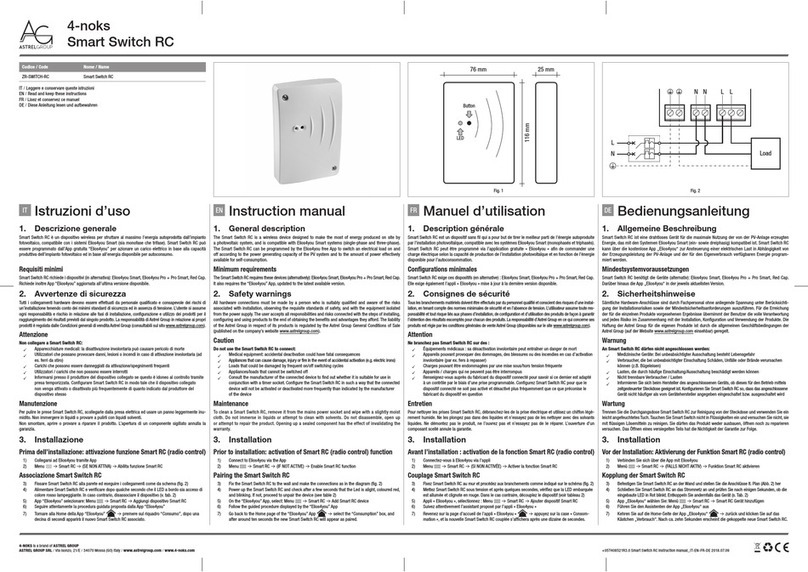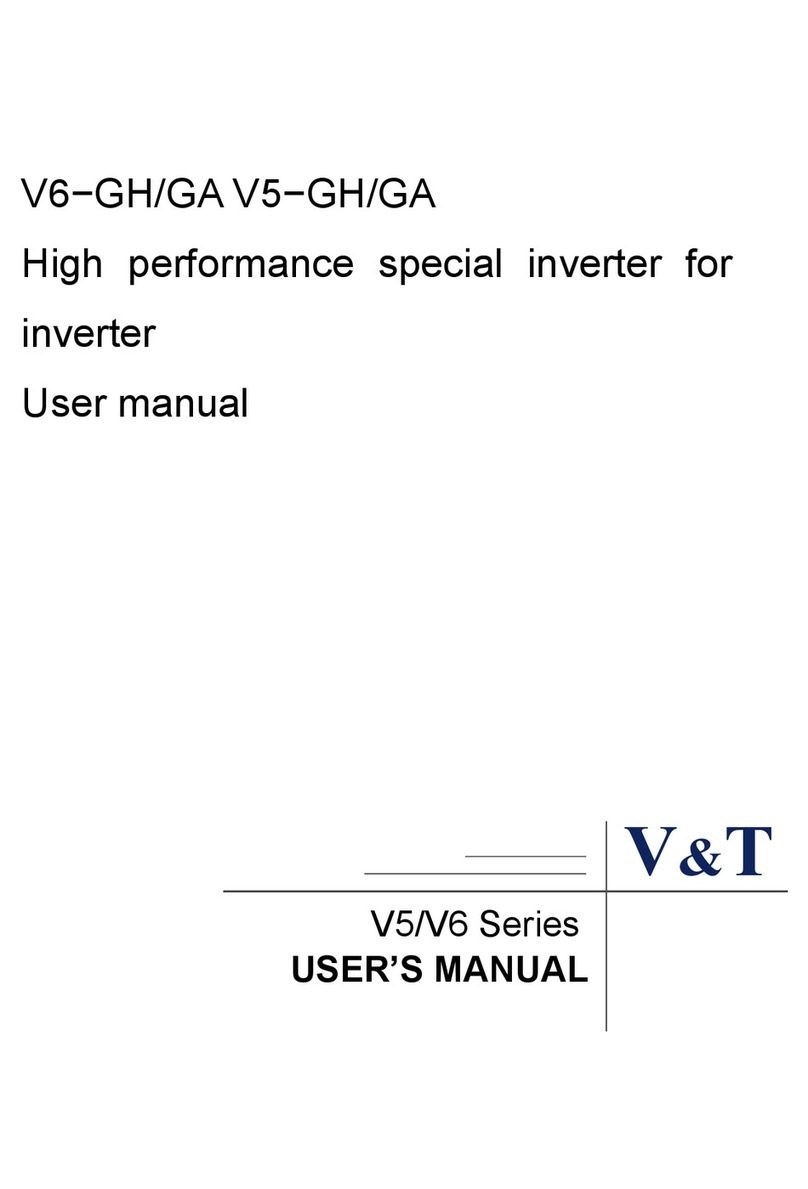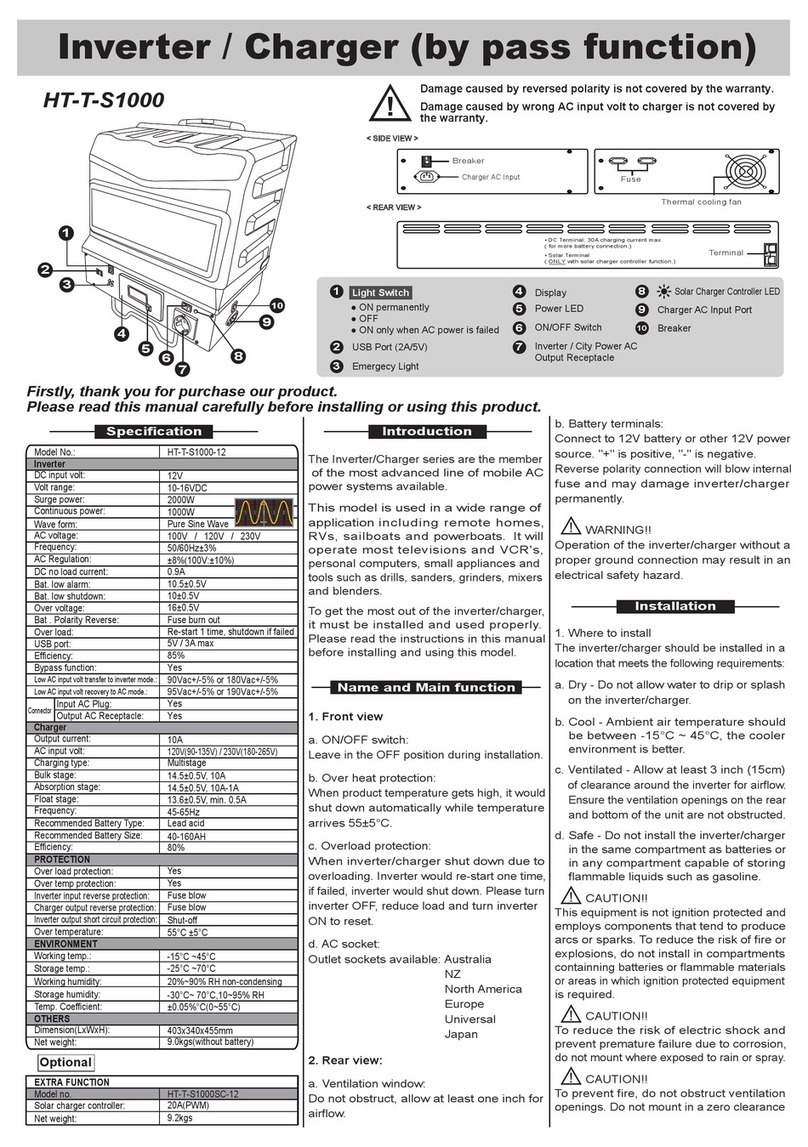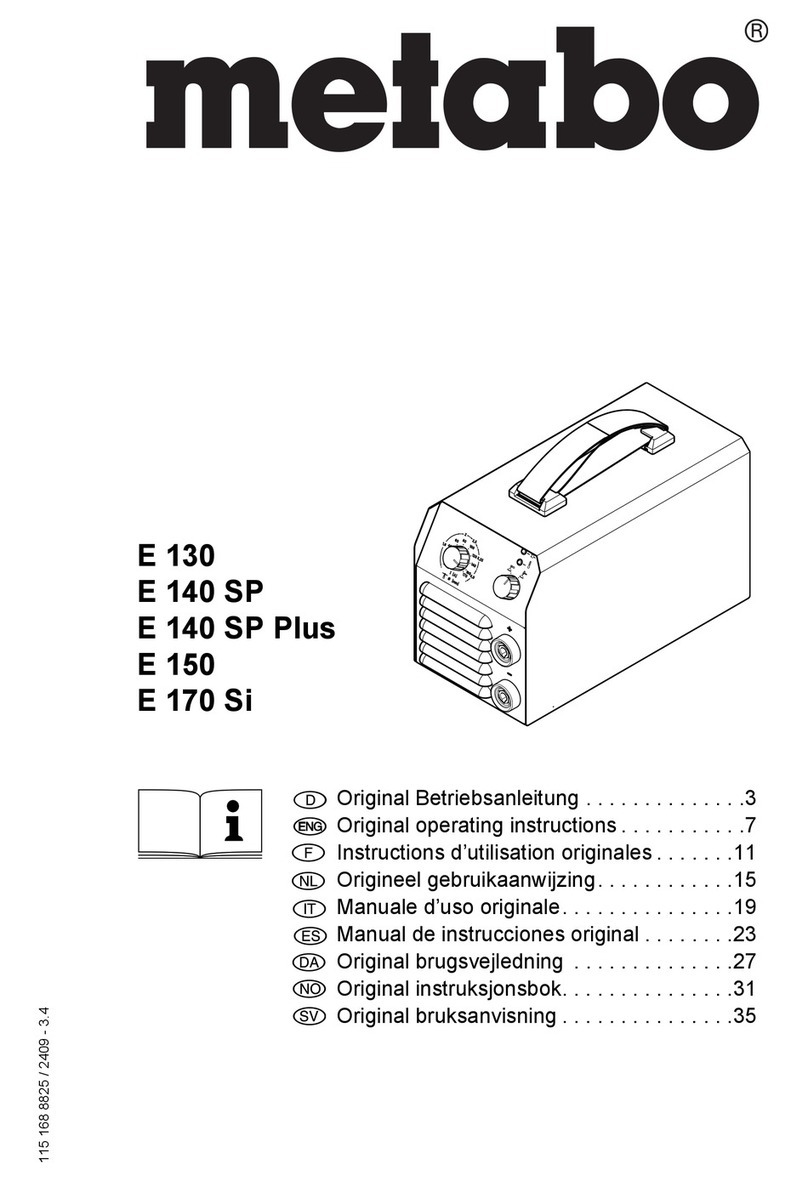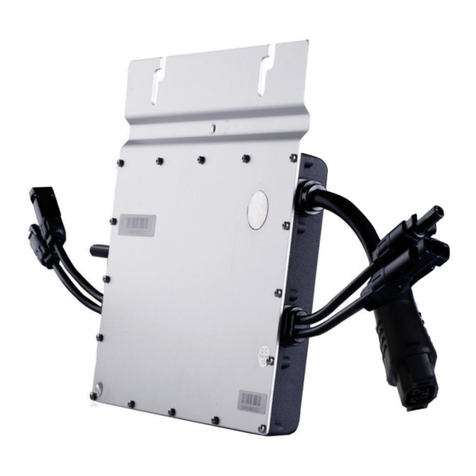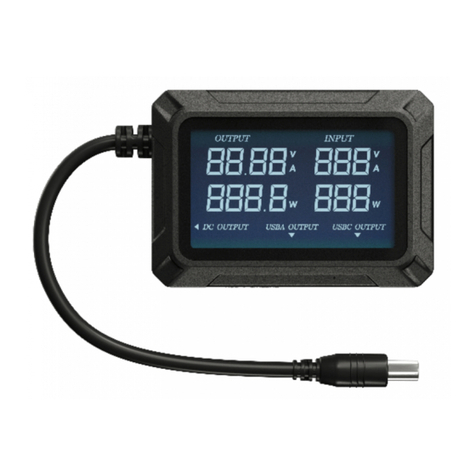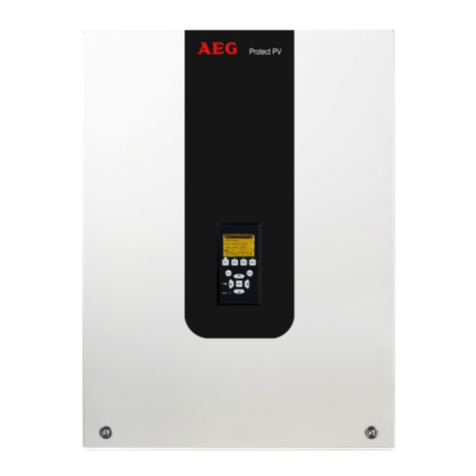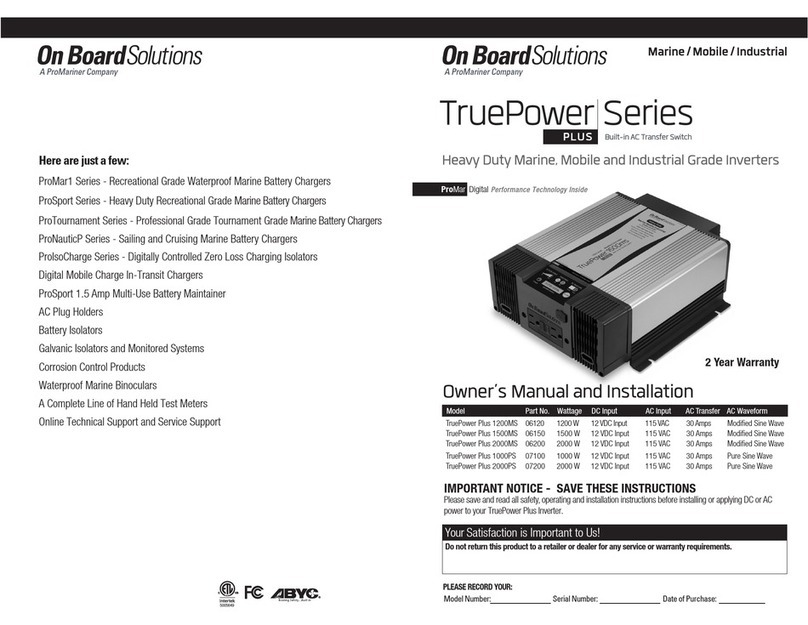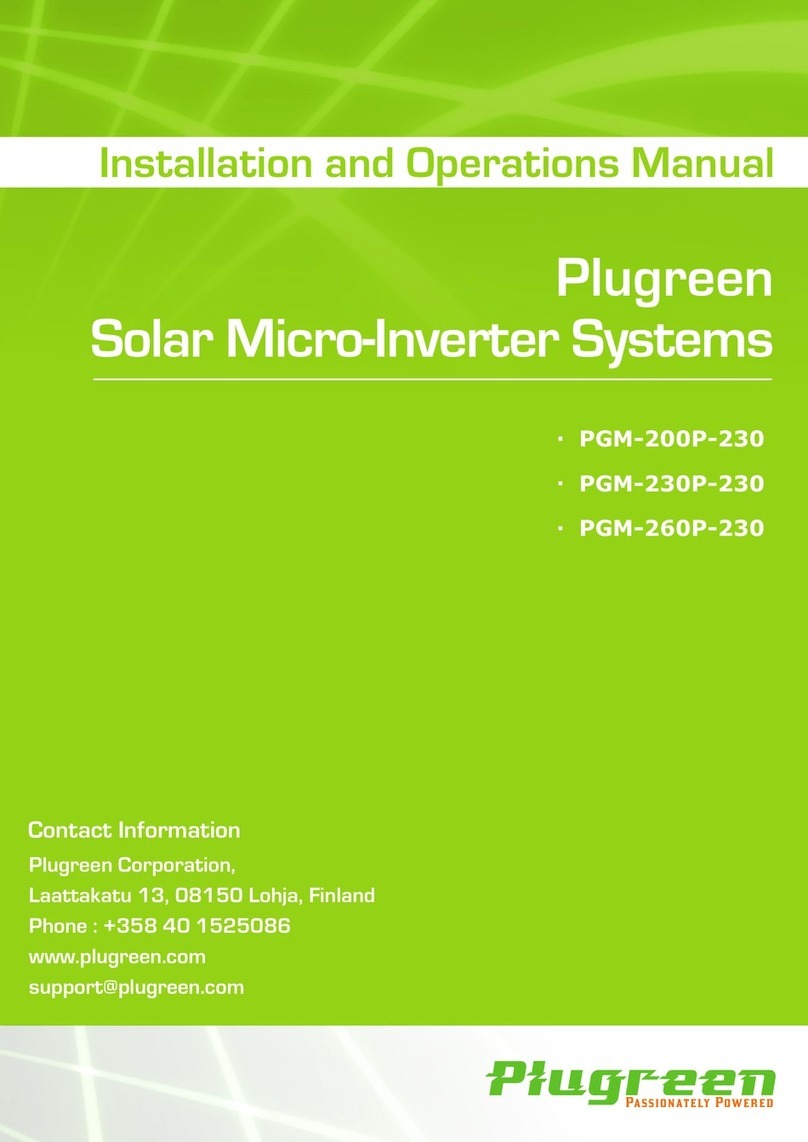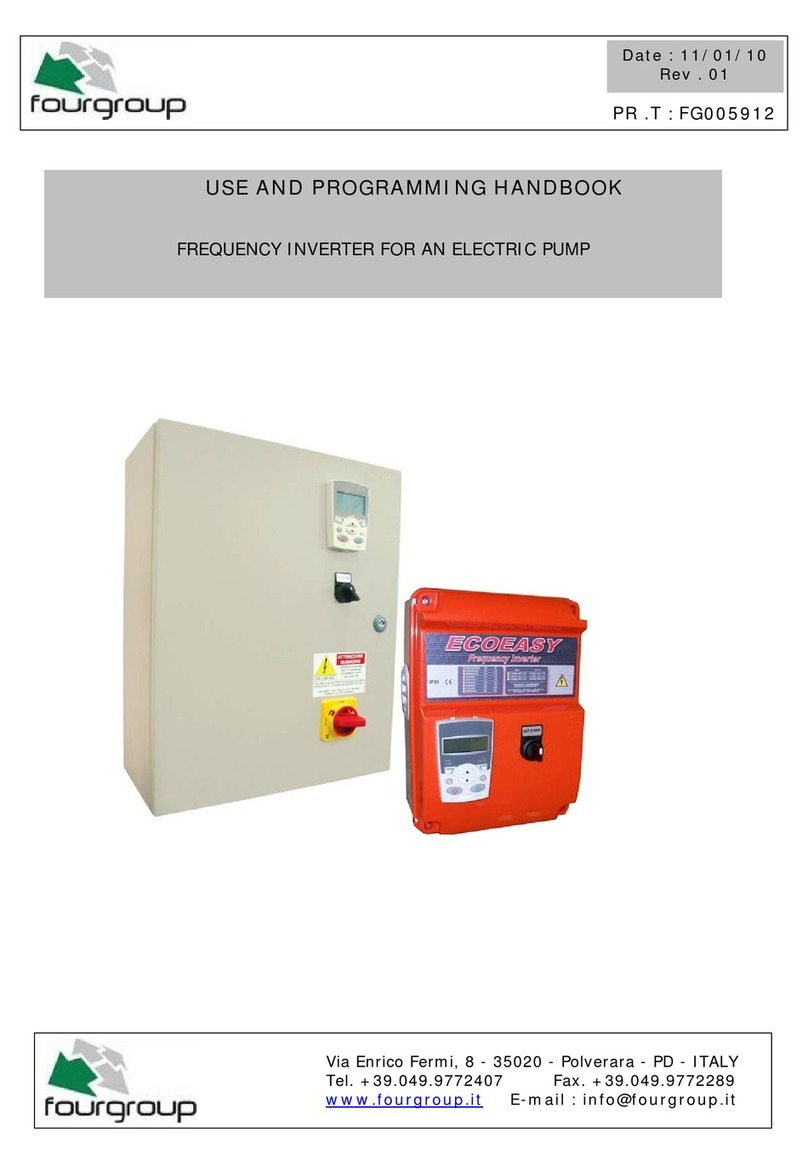TABLE
OF
CONTENTS
Introduction
......................................................................
.2
Engine
Lubricating
0i1
...................................................
16
Warranty Procedures ....................................................2 Description .................................................................
16
Customer Identification
Card
.......................................2 Changing the Engine Oil............................................16
Product Software..........................................................2 Replacing the Oil Filter..............................................16
Serial
Number
Location ...............................................2 Refilling the Oil Sump...............................................16
Ordering Parts .............................................................
.3
Notes, Cautions
and
Warnings .....................................3
Remote
Oil
Filter
(Optionalj
..........................................
17
Installation..................................................................17
Protecting Your Investment.........................................
.3
Spares
and
Accessories ................................................3
Control
Panels
................................................................
..4
DC
Electrical
System
.....................................................
18
12-
Volt
DC
Control Circuit........................................18
Batteries......................................................................18
Generator
Panel
............................................................4
Remote Panel ...............................................................4
Overspeed Circuit Board..............................................4
Safety
Shutdown
Switches
.......
.....................................
.5
Specifications ......................................................18
Battery Maintenance ...........................................
18
Battery
Charging ........................................................
18
Component Testing ....................................................
18
Safety Shutdown Switches...........................................5 Wiring Diagram #42834.............................................19
High Exhaust Temperature Switch ......................
.5
Wiring Schematic #42834..........................................20
High
Water
Temperature Switch..........................
.5
Wiring Diagram #42857 Remote Panel(s)................
.21
Low
Oil Pressure Switch .....................................
.5
Engine Circuit Breaker ........................................
.5
Fuel,
Engine
Oil
and
Engine
Coolant
............................
6
Engine
Adjustments
.......................................................
22
Engine Speed (Hertz) Adjustment..............................22
Governor .............................................................22
Gasoline........................................................................6 Governor Adjustments ........................................22
Care of the Fuel Supply ...............................................6 Governor Maintenance........................................22
Engine
Oil
....................................................................6 Torquing the Cylinder Head Bolts .............................22
Engine Coolant.............................................................6 Valve Clearance Adjustment ......................................22
Coolant Recovery Tank................................................6 Choke Solenoid ..........................................................
23
Preparations
for
Initial
Start-Up
...................................
7
Prestart
Inspection ......................................................
_,
7
Operating
Instructions
.....................................................
8
Generator
Panel
............................................................8
Starting
the
Generator...........................................8
Stopping the Generator .........................................8
Remote Panel ...............................................................8
Ignition Timing...........................................................23
Spark Plugs.................................................................
23
Carburetor Adjustment ...............................................24
Drive Belts Adjustment ..............................................24
Timing Belt Inspection
and
Replacement..................25
Engine
Troubleshooting
................................................
.29
Generator
Information
..................................................
.31
Starting
the
Generator ...........................................8 Use
of
Electric Motors ..............................................
.31
Stopping the Generator .........................................8 Required Operating Speed ........................................
.31
Emergency.stopping ....................................................8 Generator Frequency Adjustment ..............................
31
Starting Under Cold Conditions...................................8 Generator Maintenance ..............................................
31
Abnormal Stop .............................................................8
Generator
Wiring
Diagrams
.........................................
.32
Break-In
Procedure/Daily
Operation
.............................
9
AC
Electrical
Connections
...........................................
33
Break-In Procedure ......................................................9
Check List ....................................................................9
Stopping the Generator ................................................9
Generator Adjustments.................................................9
Maintenance
Schedule
..................................................
10
Engine
Cooling
Circuit..
.................................................
12
Lay-Up
&
Recommissioning
.........................................
.34
General .......................................................................34
Fresh Water Cooling System......................................34
Lubrication System ....................................................34
Fuel System................................................................34
Raw
Water
Circuit......................................................
34
Description .................................................................
12
Intake Manifold ..........................................................35
Thermostat..................................................................
13
Starter Motor..............................................................35
Thermostat Test ..........................................................
13
Cylinder Lubrication .................................................35
Draining
the
Coolant..................................................
13
Spare Parts..................................................................35
Refilling the Coolant..................................................
13
Batteries......................................................................35
Raw Water Pump........................................................14 Recommissioning .......................................................35
Changing the Raw Water Pump Impeller ..................14
Heat Exchanger ..........................................................14
Drive Belt Adjustment ...............................................14
Fuel
System
.....................................................................
15
Gasoline.....................................................................
.15
Carburetor..................................................................
.15
BCGTC
Generator
Specifications
................................
36
BCGTC
Generator
Parts
Identification
......................
.37
Standard
Hardware
Torques
........................................
.38
BCGTC
Generator
Hardware
Torques
.........................
.39
Metric
Conversions
.......................................................
.40
Gasoline/Water Separator and Filter ..........................
15
Suggested
Spare
Parts
.................................................
.41
Fuel Pump ..................................................................15
Gasdenser ...................................................................15
Engines & Generators
1
